Côtes de Provence Fréjus
Production
2 400
Hectolitres
rosé and red
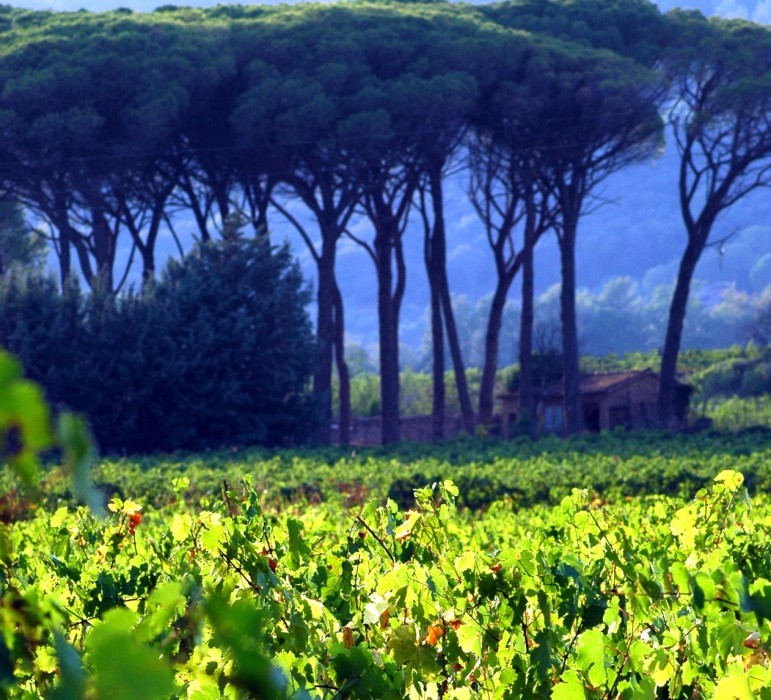
Terroir designation of the Côtes de Provence AOP recognized in
Benefits of the Mediterranean
The Fréjus sector’s openness to a maritime influence endows it with a special climate. It enjoys almost continuous ventilation and moderate temperature fluctuations. Precipitation there is among the heaviest in the appellation (830 to 850 mm annually), with a moderate number of hours of sunshine (2,800 to 2,900 annually).
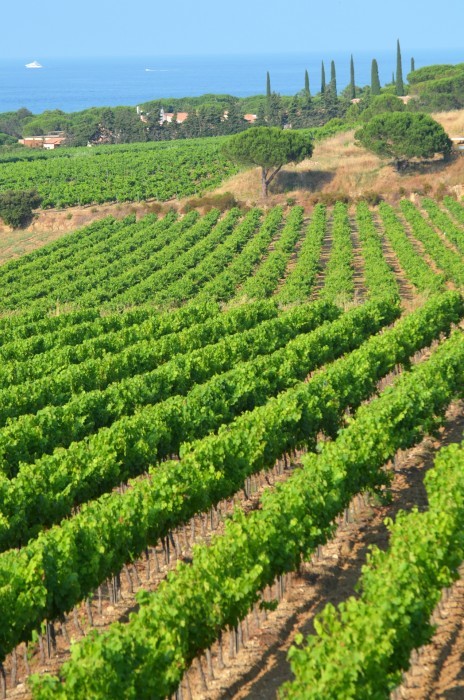
Soil of every colour
The Fréjus sector contains three specific types of soil:
- Red soil that is the result of the sandy-clay alteration of sandstone and pelites from the Permian period;
- Filler soil on a Permian platform (stony red, sandy-clay, whitish loamy-clay on tufa, yellow to whitish loamy-clay on marine Pliocene deposits);
- Sandy soil that is the result of the alteration of the metamorphic rocks of the Massif des Maures
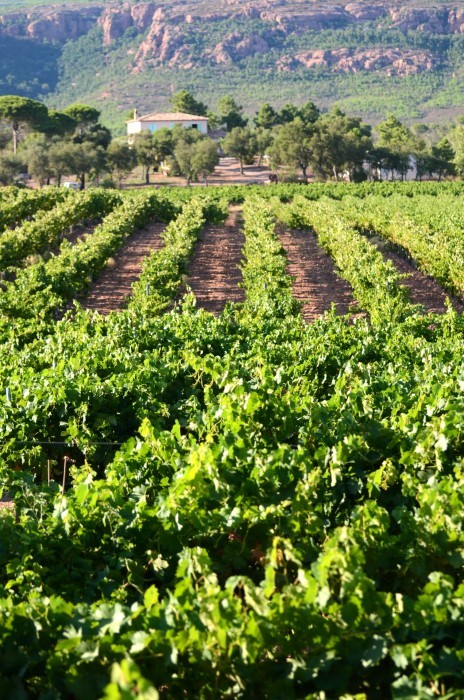
red wines
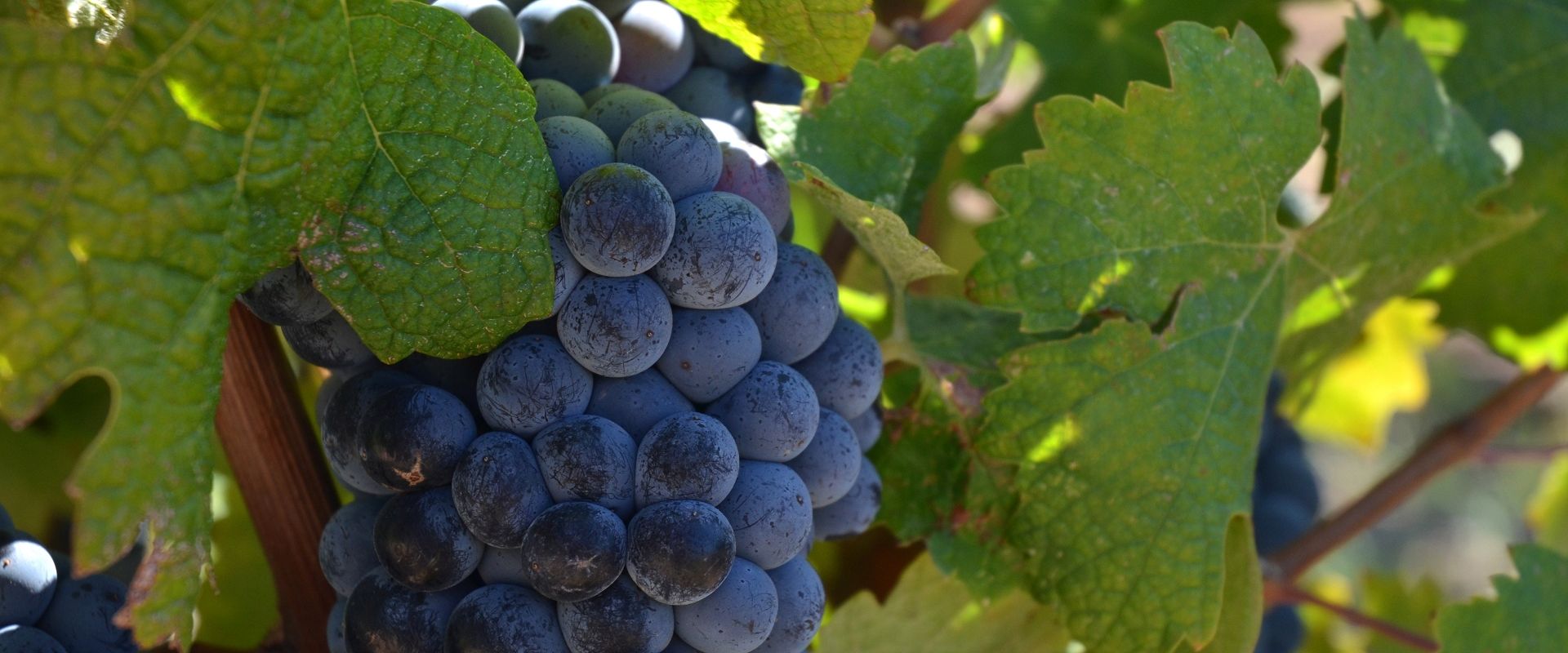
Grape varieties
red wines
rosé wines
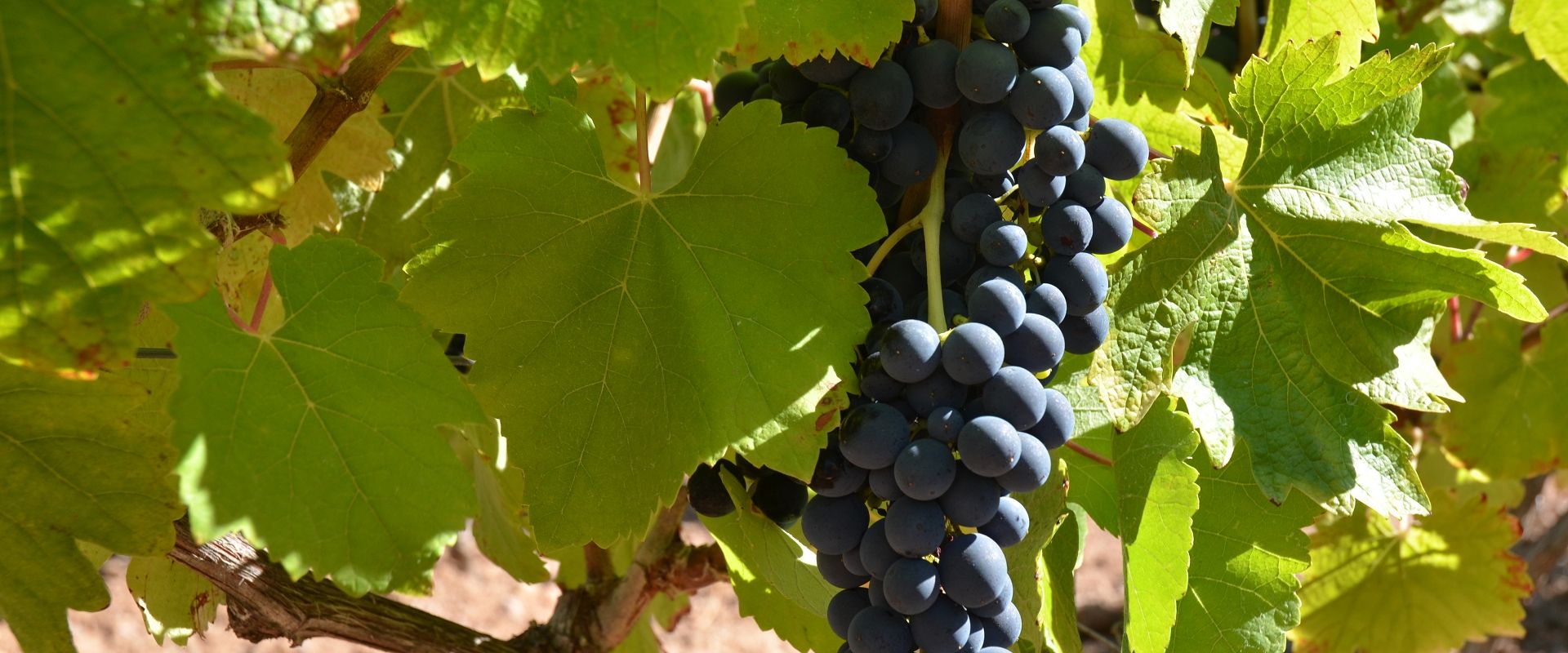
Grape varieties
rosé wines
Main varietals
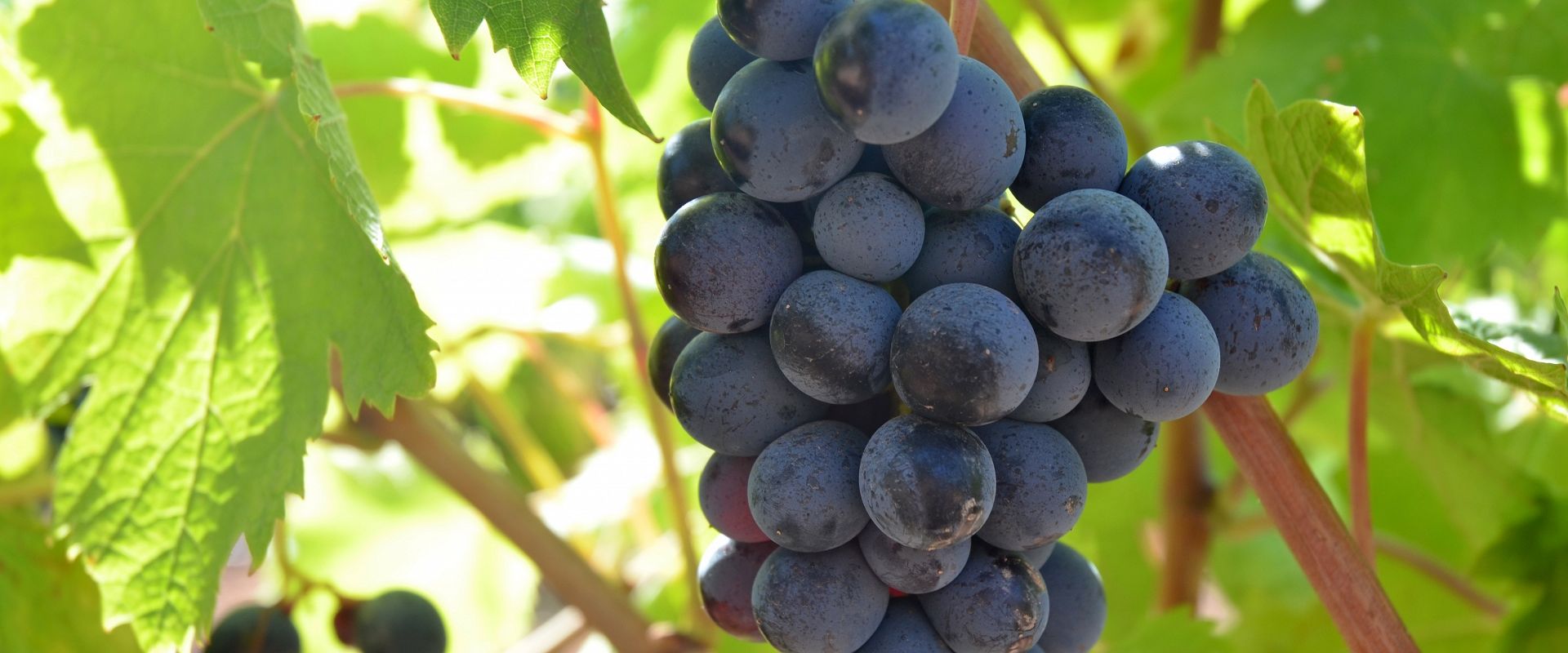
Additional varietal
